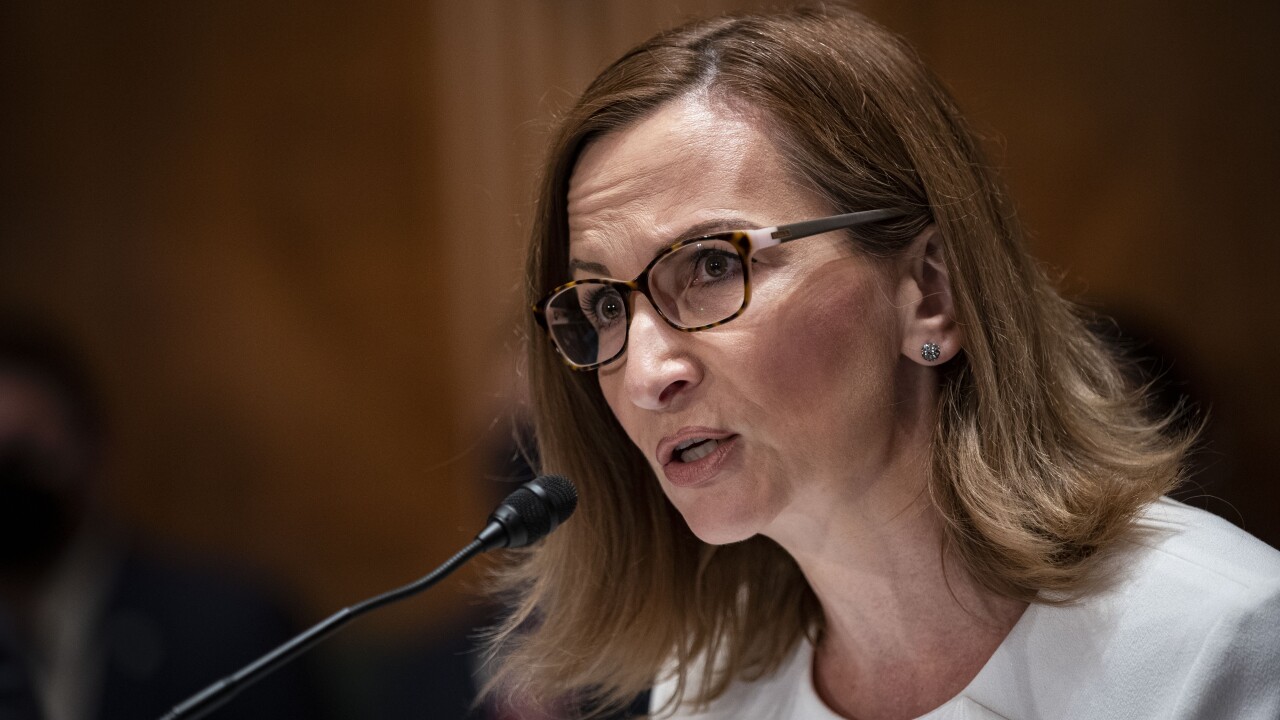The difficulty in quantifying the correlation between the hard costs associated with offering online bill pay services and the soft dollars that come from the benefit of stronger customer retention makes it difficult for banks to justify promoting bill pay usage.
The bill pay industry has perpetuated this low adoption rate with a pricing structure that makes it difficult to show a congruency between the cost an institution incurs for bill pay and the benefit they ultimately receive.
But mobile bill pay technology builds on the success of remote deposit capture by letting consumers take pictures of paper statements with their smartphones to pay bills, and has a transaction-based pricing structure that aligns institutions' cost with the customer benefits.
Traditional online bill pay adoption continues to vary widely between financial institutions, from just a few percent points to more than 20% of a bank or credit unions customers using bill pay services. As a general rule, smaller institutions are at the lower end of the adoption spectrum, while larger institutions often have a much higher bill pay adoption rate.
Since many smaller financial institutions have chosen a per-user price for each bill pay user, the more users an institution signs up for bill pay, the higher the cost. Larger institutions, on the other hand, generally have a cost based on the number of payments. This allows them to provide bill pay to all users, without bearing a cost for those users who are not making any payments.
Larger institutions also have a much lower cost for those bill pay users who initially start using the service by paying a utility bill and later using the service for more and more payments, until they become full-fledged users tied to the institution.
There is little debate that the retention rate of customers using bill pay is much higher than bank customers that don't use the technology. Once a customer is using the institutions bill pay, they are more likely to keep their primary checking account at that institution. In fact, research indicates that a customers retention rate increases from 88% to 98% when they utilize the banks bill pay services.
This stickiness is driven by a couple of factors; the first of which is the perceived burden of having to reestablish bill payment settings at another bank's system. Even though it usually takes no more than a couple minutes to set up a payee, when a user has 30 payees set up on a system, the work required to gather up bills from all of their payees and enter the information into another system seems overwhelming.
The second major factor is a users adversity to learning a new, unfamiliar system. These two factors are so prevalent that customer retention often increases by 10% or more with active bill pay users.
Still, the banking industry remains one of the most highly competitive markets and community financial institutions simply must offer innovative technology paired with superior levels of service to attract and retain the next generation of customers.
Mobile remote deposit capture has been a strong driver in this regard and is still very popular. But what will represent the next big thing for bill pay? Advancements in smartphone capabilities now enable banks customers to pay bills using a mobile technology they already embrace wholeheartedly taking a picture with their phones.
A critical benefit of some photo bill pay offerings is the per-transaction cost structure, which aligns the cost for the institution with the benefit. Small banks no longer need to be concerned about paying for customers who are not using the service, as they only have to pay when a customer actually makes a payment. As a result, automatic enrollment in bill pay becomes a viable reality and opens the door for users to give bill pay a try.
Additionally, photo bill pay removes what has traditionally been the most significant barrier to bill pay adoption the hassle of entering the payee information online. As previously mentioned, customers perceive setting up payees in a bill pay platform as an inconvenience and this has served as an effective deterrent that drives them away from using the service. With photo bill pay, users simply snap a photo to pay a bill, which automatically sets up a new payee in their bill pay.
Ralph Marcuccilli is the president and founder of Allied Payment Network.





